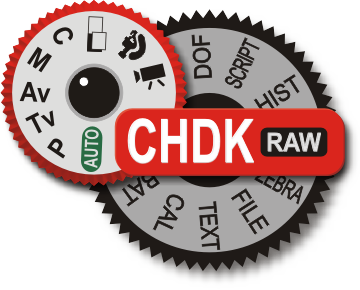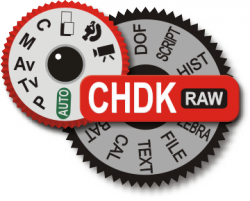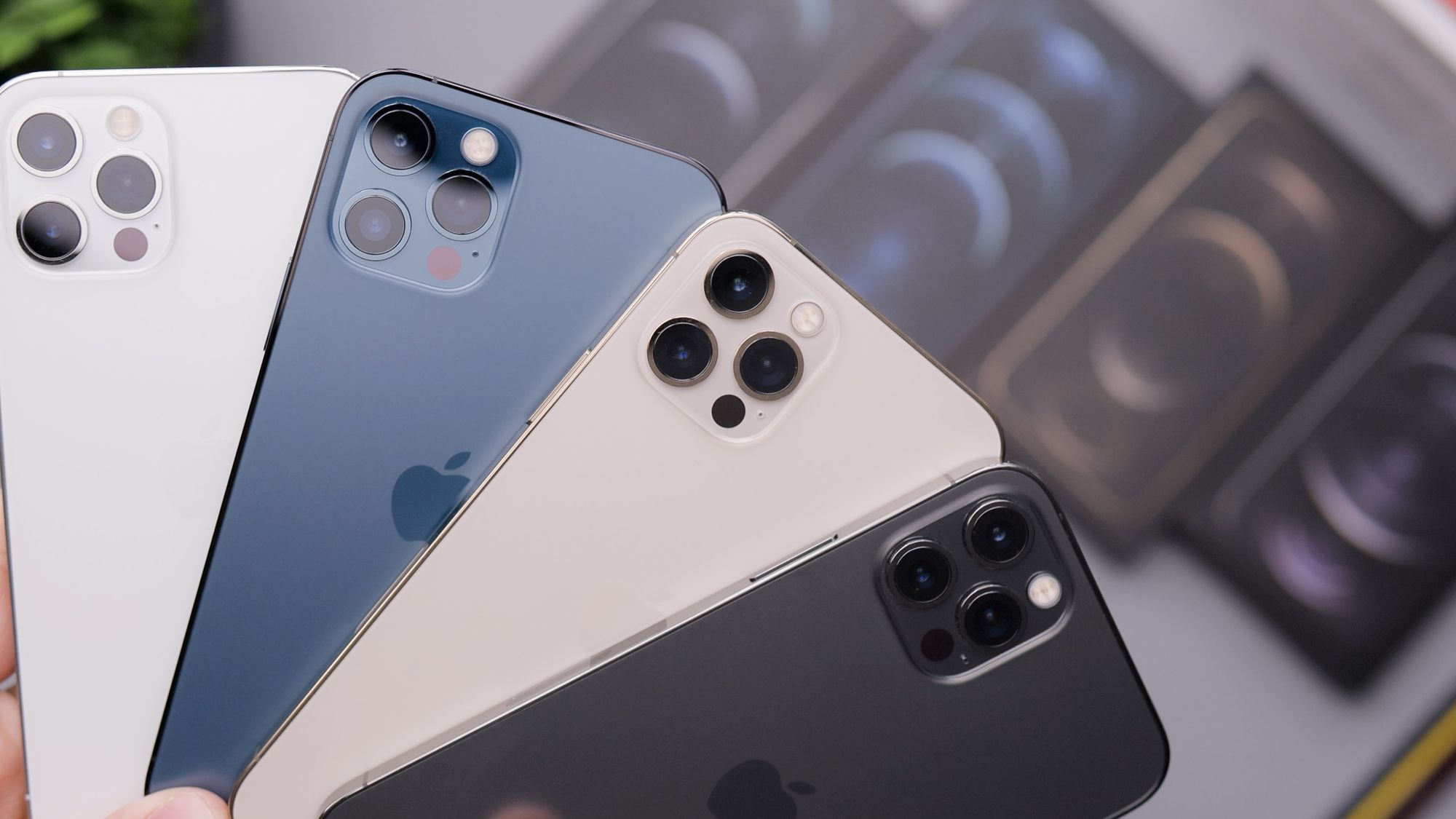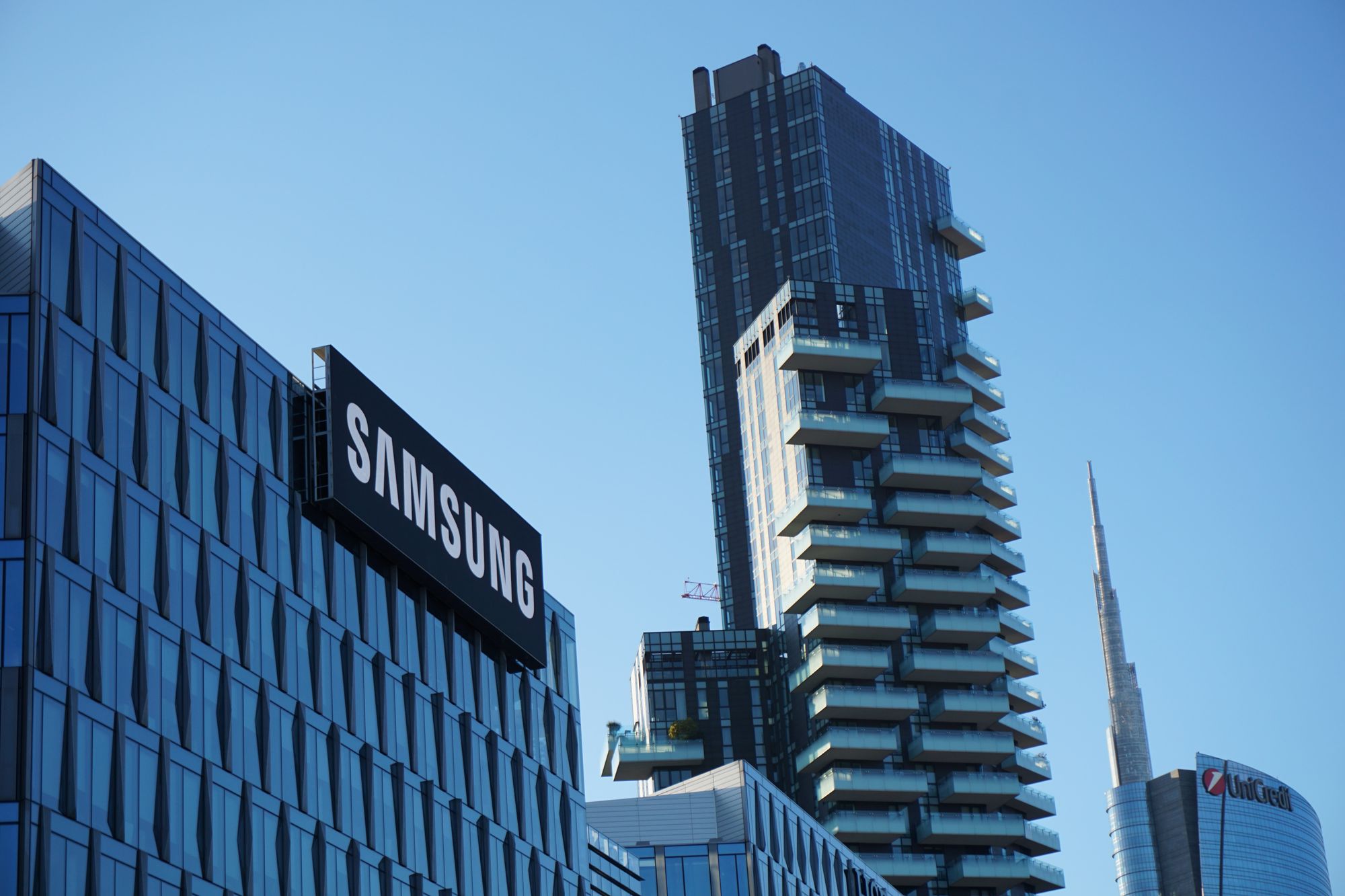How To Get More Out Of Your Canon Point-and-Shoot Camera

 While Magic Lantern is one of the top 3rd party camera firmware in the wild, it only supports a couple of DSLRs (mainly Canon starter DSLRs in the $400-$700). You may be asking, is there a 3rd party firmware for point-and-shoot cameras? Luckily, there is a 3rd party firmware for Canon point-and-shoot cameras that allows support Canon camera users to have more features than the stock Canon firmware; it is called Canon Hacker’s Development Kit, or CHDK for short.
While Magic Lantern is one of the top 3rd party camera firmware in the wild, it only supports a couple of DSLRs (mainly Canon starter DSLRs in the $400-$700). You may be asking, is there a 3rd party firmware for point-and-shoot cameras? Luckily, there is a 3rd party firmware for Canon point-and-shoot cameras that allows support Canon camera users to have more features than the stock Canon firmware; it is called Canon Hacker’s Development Kit, or CHDK for short.
Like MagicLantern, Canon Hacker’s Development Kit gives you the professional features that come in higher end of cameras from your lower end camera; it is a temporary firmware as no software is permanently installed into the camera, and it is free under the general public license. Some of the features in Canon Hacker’s Development Kit include the ability to shoot in RAW, full manual control of exposure, shutter, aperture, ISO and focus, exposure bracketing, aperture bracketing, ISO bracketing, focus bracketing, motion detection, live histogram, zebra mode, USB remote mode, and even perform scripts.
To install the Canon Hacker’s Development Kit, you will need…
- A supported Canon point and shoot camera.
- A SD card that is going to be used in the camera.
- A SD Card reader.
- A computer to load the software onto the SD card.
- Batteries for the camera.
You will also need to follow some steps…
- Make sure your camera point and shoot is a Canon (hence the name, Canon Hacker’s Development Kit).
- Make sure your point and shoot Canon camera is supports the CHDK by checking the support list at http://chdk.wikia.com/wiki/CHDK.
- If your Canon point and shoot is supports CHDK, make sure you have the appropriate firmware to go with the camera. To check what firmware version you have, create a new text document and name the file “ver.req” and “vers.req” (make sure it does not end with a .txt).
- Load the two files into the root of the SD card that is going to be used in the camera.
- Bring that SD card to the camera.
- Switch the camera to the “play” mode. If the camera does not have a play mode switch, alternatively, you can press [>]to switch on in Play mode.
- Wait till the camera starts completely
- Press and hold the “FUNC SET” button
- While pressing down on the “FUNC SET” button, press “DISP” button once (though it may not work as some cameras require the user to press down instead of the “DISP” button).
- Look at the display and take note of the version and reference the firmware with the firmware CHDK can support, if it is the same, skip to step 12.
- Check with Canon if there is a firmware on their website you can download and update. Follow their directions for updating the firmware to the desire version.
- Download the appropriate CHDK firmware for your Canon point-and-shoot camera and Canon point-and-shoot camera’s firmware from the CHDK download page. You can download the experimental builds, but the stable version is the best to go with.
- Download and install CardTricks.
- Attach an SD card you are going to use into the computer. Preferably 4GB or less (for cards over 4GB, see the over 4GB instructions on CHDK site) (additionally, make sure that the card does not have anything you need).
- Ignore any autoplay dialog.
- Launch CardTricks and click on the stamp icon of the SD card.
- Pick the SD Card that is going to be used for the camera.
- Click Format As FAT
- Click through the warnings
- Wait patiently as it can take up to 10 minutes to format.
- After formatting the SD card, click on “Make Bootable”
- Click “OK”
- Click CHDK->Card in CardTricks. Select the build you just downloaded
- Click OK, and the build should now be on your card.
- Take the card out of the card reader, and slide the SD card’s lock to the “ON” position. IMPORTANT.
- Insert the SD Card onto the Camera,
- Turn on the camera.
At this point, your cameras should see the CHDK logo and be able to do more with your point and shoot camera. You should now be able to take pictures with RAW, full manual control of exposure, shutter, aperture, ISO and focus, exposure bracketing, aperture bracketing, ISO bracketing, focus bracketing, motion detection, live histogram, zebra mode, USB remote mode, and even perform scripts.




